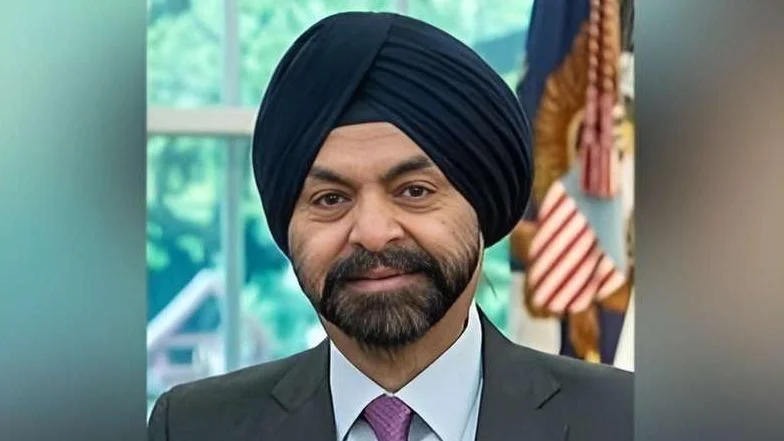Cervical cancer remains a significant health threat in Eastern and Southern Africa, despite being preventable through vaccination and early screening. The region suffers from poor access to prevention, screening, and treatment, resulting in approximately 72,000 cervical cancer deaths annually, accounting for nearly a quarter of global deaths from the disease. A contributing factor is the limited access to the HPV vaccine, especially in rural areas and among girls who are out of school, living with HIV, or residing in hard-to-reach areas.
The effectiveness of a single-dose HPV vaccine has prompted many governments to transition from a two-dose to a single-dose regimen to increase accessibility and reach more girls. However, this vaccine is not universally available across all countries in the region. The World Health Organization's Global Elimination Strategy highlights vaccination, screening, and treatment as key components in eliminating cervical cancer as a public health threat by 2030.
Efforts to break down barriers include integrating adolescent health services, developing smart targeting strategies to improve vaccine delivery, and promoting community ownership to address vaccine hesitancy. By shifting to single-dose schedules, health systems aim to reduce costs and improve efficiency.
"Countries are looking for new ways to identify and provide vaccines to girls at the right age (9-14 years), including out-of-school girls and those living in remote or fragile areas."
To combat the low screening rates—where less than 6 percent of eligible women in Africa have been screened—there is a push to expand access using task-shifting and new technologies like HPV DNA testing and thermal ablation.
In this context, the World Bank is playing a crucial role in supporting Eastern and Southern African nations, including Ethiopia, Mozambique, and Eswatini, in their efforts to eliminate cervical cancer. The bank is leveraging its resources to strengthen health systems through collaboration with local governments and development partners, supported by the Bill & Melinda Gates Foundation.
The World Bank endeavors to create integrated service delivery models by collaborating with the Ministries of Health, Education, and Gender to align HPV vaccination with adolescent health services. They aim to "generate operational knowledge" by identifying effective strategies, bottlenecks in delivery systems, and country-led innovations to improve access and equity.
Furthering these efforts, the World Bank facilitates regional learning and collaboration and seeks to inform global and regional health agendas. These initiatives aim to share tools, experiences, and peer support across countries, enhancing the collective ability to tackle cervical cancer in the region.
"Support integrated service delivery by working with Ministries of Health, Education, and Gender to link HPV vaccination with adolescent health services—creating multisectoral, cost-effective platforms that can be scaled through public systems."
The collaboration between the World Bank, the Bill & Melinda Gates Foundation, and regional governments represents a key effort in the global struggle against cervical cancer, aiming to achieve sustainable improvements in preventive healthcare for women in Eastern and Southern Africa.

